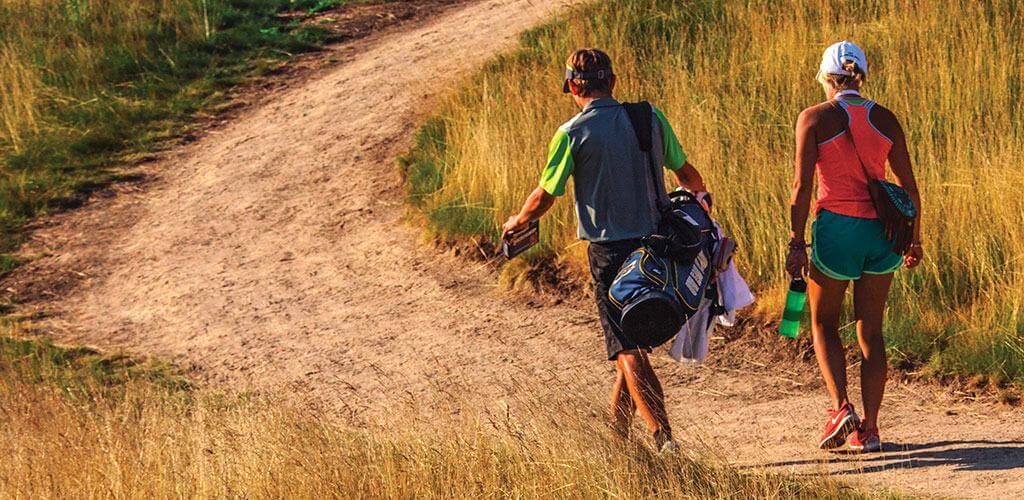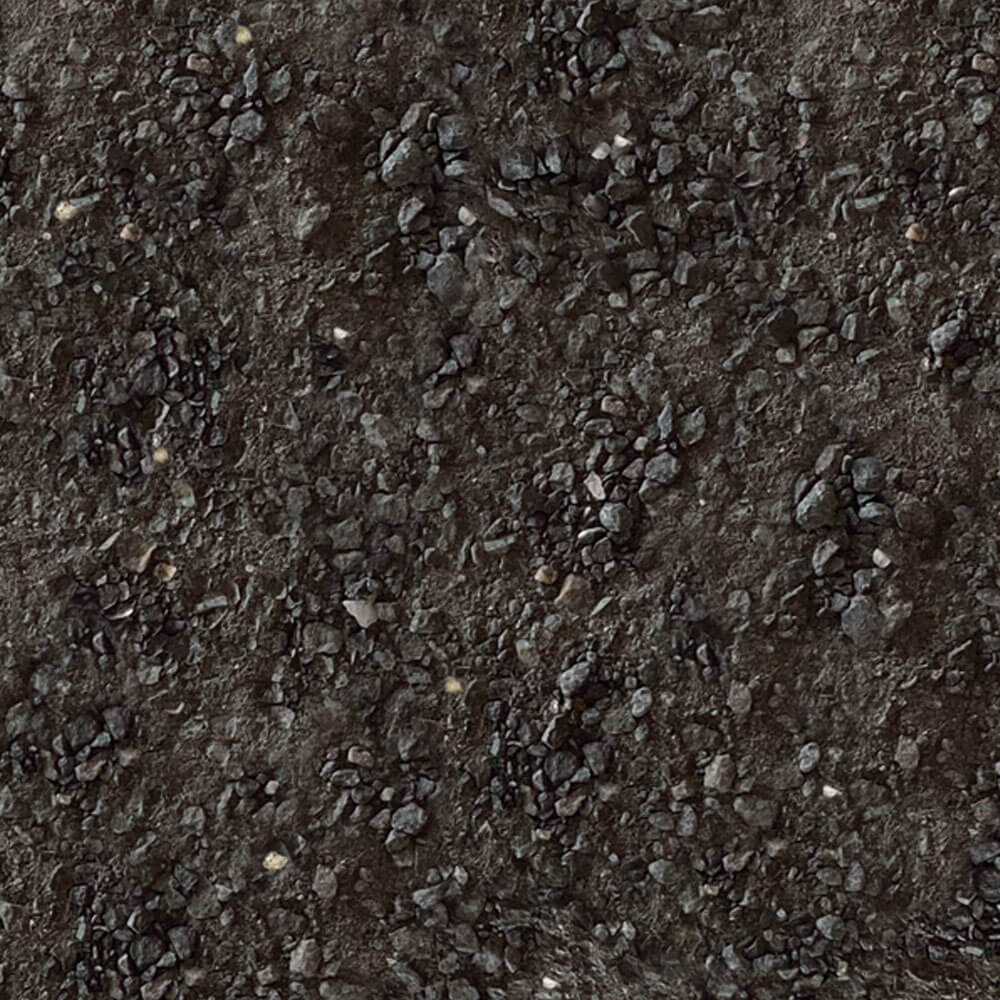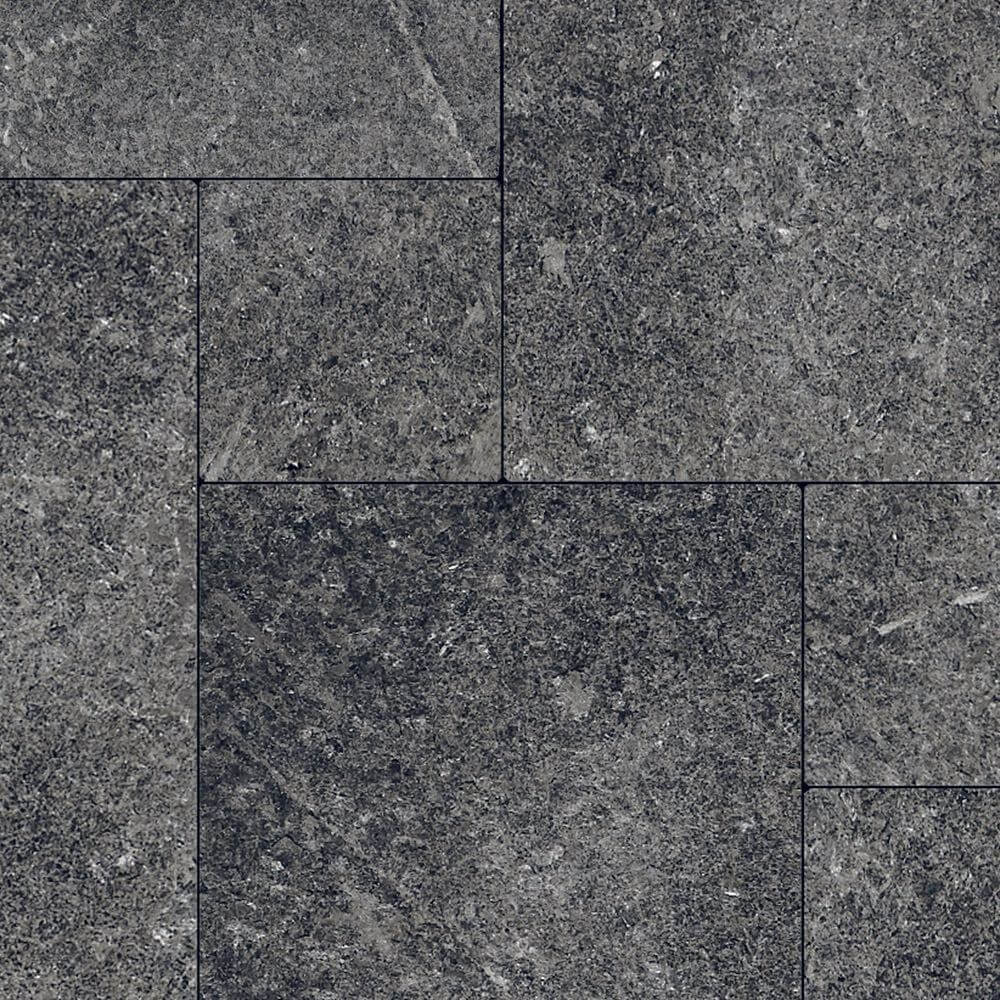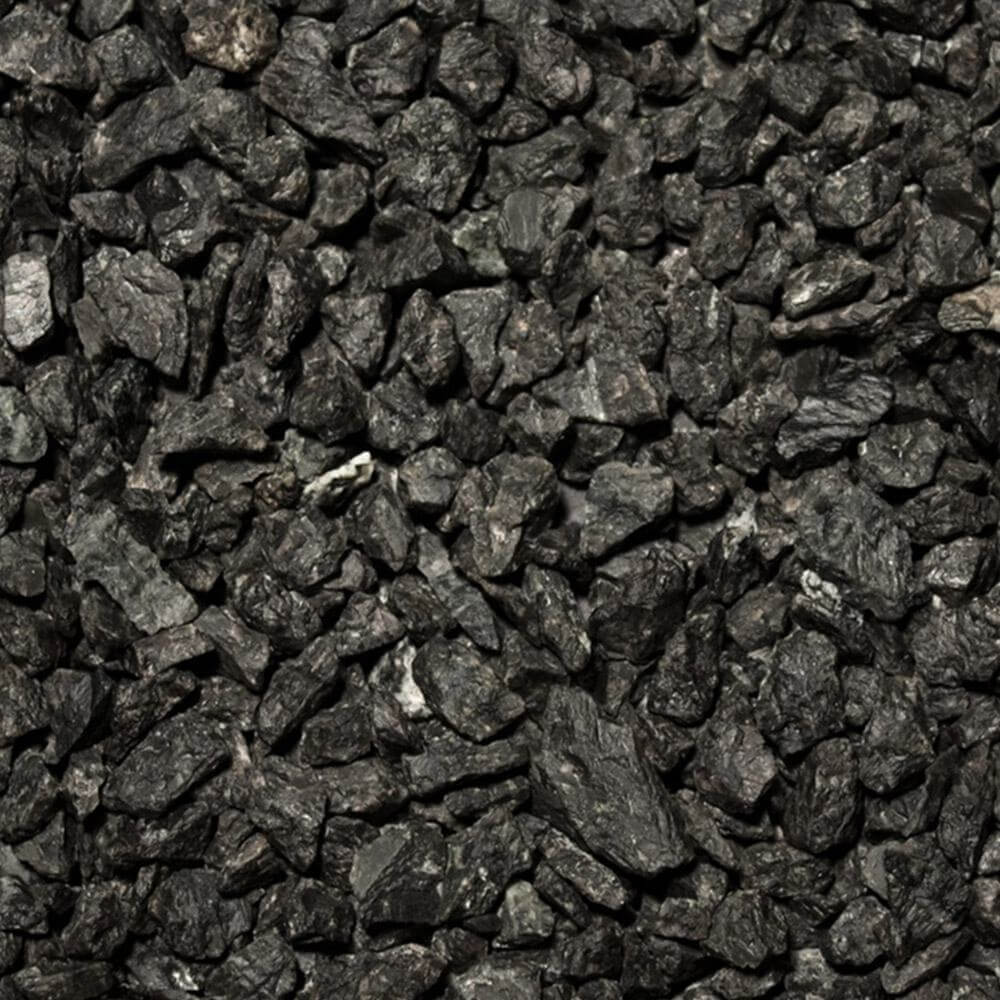Decomposed granite (DG) and crushed stone are excellent options for creating natural-looking nature trails, golf course pathways, garden paths, and other landscaped routes. But like any pathway material, poor maintenance, harsh weather, and other issues can compromise the integrity of a DG installation. Let’s take a look at some of the problems that affect pathways—and how to handle them.
Watch Out for These Decomposed Granite Pathway Issues
1. Muddiness
The inherent promise of a pathway is that it will provide a clear route from point A to point B. That promise is quickly broken when visitors or guests have to tramp over a muddy expanse to get where they’re going.
What causes decomposed granite pathways to get muddy? For the most part, the culprit is inadequate drainage, poor design, or subpar installation. Improper compaction and excess water can make a mess—particularly as ground thaws and snow melts in the spring. To avoid this issue, decomposed granite pathways should be installed with drainage flow in mind. A stabilized pathway will remain permeable, but has an additive that absorbs water. Alternatively, you can opt for a wax polymer pathway, which is impermeable and will never get muddy.
2. Erosion
Decomposed granite pathways are made of aggregate screened to a specific size and compacted to create a firm pathway. However, the surface is still designed to have a natural look and feel, with a loose layer of material on top. Forces like rainfall and heavy traffic can exacerbate this movement further.
Again, it’s important to be aware of drainage flow near your pathway. If water is the primary source of erosion, you might want to install drains or diverters to control the flow and reduce the damage to the pathway. For new pathways that need to withstand significant erosion, consider opting for a stabilized or wax polymer pathway mix.
3. Debris
Thanks to nature, decomposed granite or crushed stone pathways will inevitably end up covered in things that don’t belong in a pathway mix—namely debris like leaves, twigs, and dirt. Depending on the location of the pathway, you may find that it remains relatively clear for long periods. Other areas, like those under trees or downwind, may end up covered in debris. Whatever the case, you’ll need to routinely remove these materials by raking the area.
4. Poor Maintenance
No pathway is entirely maintenance-free. A lack of routine care can actually end up costing more in the long run.
So how can you keep a pathway looking good? What do you do if you’re hired on for a maintenance project and find a deteriorated wreck once you arrive?
Ideally, there will be a solid maintenance plan already in place. Regular upkeep, including raking and occasional hydrating and recompacting, will be enough to refresh a decomposed granite pathway already in good condition—keeping it functional for years to come. Severe damage, on the other hand, will likely require excavating the area, rototilling, and possibly top dressing or tilling in new mix. Ultimately, the type of pathway mix you’re dealing with will determine the specific maintenance and replacement needs of the pathway system.
Selecting the Right Pathway Material
Even the most robust maintenance plan won’t do much good if you’re starting with a low-quality pathway. Selecting the best material for your project and installing it correctly will create a beautiful, natural-looking pathway that stands the test of time.
At Kafka Granite, we understand how important both color and performance are to choosing a mix. We’re pleased to offer over 40 colors of decomposed granite and crushed stone, ensuring that you find the perfect match for your landscape. Here’s some insight into the benefits of our various pathway mixes.
Standard Pathway Mix
A decomposed granite pathway makes an attractive alternative to hardscape materials like concrete and asphalt. Our Standard Pathway Mix consists of aggregate screened to ¼” with fines. This is an excellent choice for low-traffic walkways, bike trails, garden trails, and other flat areas.
Stabilized Pathway Mix
Our Stabilized Pathway Mix blends our standard aggregate with a stabilizing binder. The addition of the binder creates a more durable pathway that stands up under traffic, extreme weather, and other erosive forces. Stabilized pathways are appropriate for a wide range of projects, from nature trails, corporate walking paths, courtyards, and more.
Wax Polymer Pathway Mix
Working with hilly terrain? Our Wax Polymer Pathway Mix is the perfect solution for steep grades. An innovative combination of engineered polymers creates a dustless, waterless, non-permeable pathway that stays dry and performs beautifully under stress. We’ve seen this mix used in projects ranging from nature preserves to private residences. Erin Hills even replaced a number of their highly erosive paths with wax polymer pathways ahead of the 2017 U.S. Open. Our Wax Polymer Pathways have been most popular for golf courses, horse trails, driveways, and other demanding projects.
Create Lasting Pathways with Kafka Granite
Whether you’re looking to install wax polymer pathways that will reduce golf course maintenance needs or you’re on the hunt for the perfect color of aggregate for a new pathway system, Kafka Granite has you covered with a wide range of choices. Not quite sure what you’re looking for yet? We can help you there, too. Our sales team is eager to work with you and identify the correct solution for your project, so don’t hesitate to reach out.




